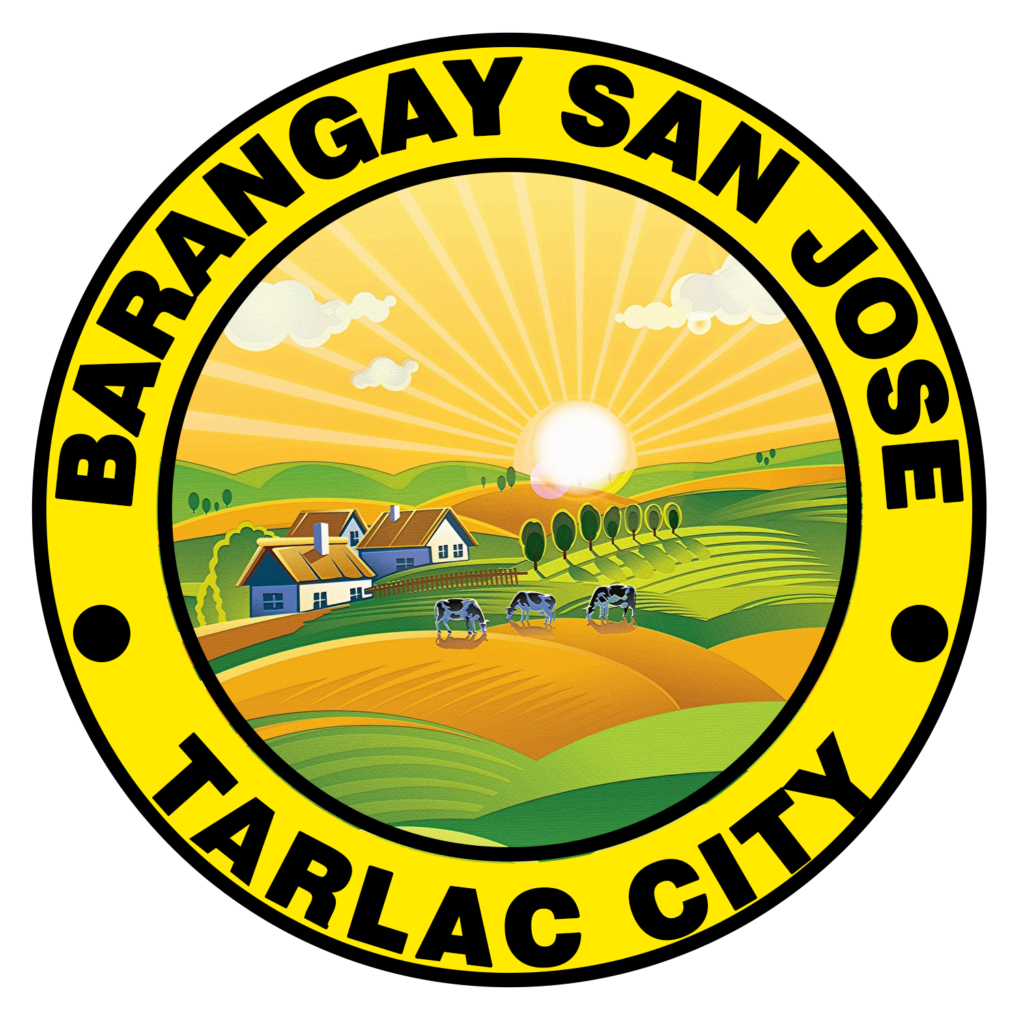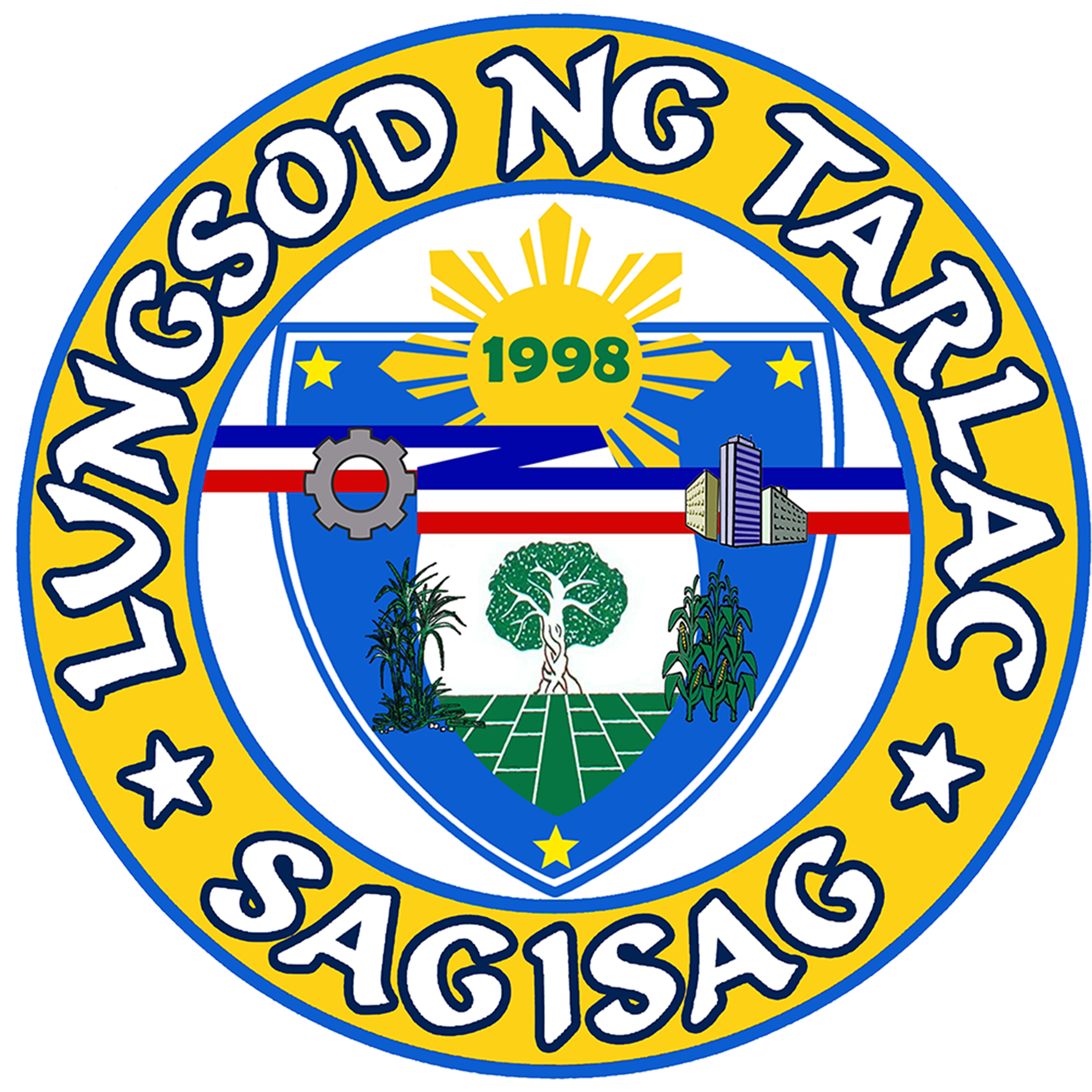
BARANGAY SAN JOSE HISTORY
Barangay San Jose is a part of the East District Division of barangays in Tarlac City. It surrounded by Barangay Trinidad, Batang-Batang, and San Pascual on the North, Barangay Bora and Calingcuan on the West, Barangay Maliwalo on the South West, Barangay Ungot on the South and Barangay Cut-Cut 2nd, and Barangay San Manuel on the East.
It is approximately 7.0 kilometers away from city proper. It has a total land area of 507.16 hectares wherein the 307.31 hectares corresponds to agricultural area and the remaining 199.85 hectares designate to residential and industrial area.
It divided into seven blocks namely: Block1, Block 2, and Block 3 to Block 7.
Barangay San Jose classified as Rural Barangay, it has a total population of nine thousand six hundred six (9,606) as of 2020, and a household population of two thousand eighty five (2,085).
Barangay San Jose is Barangay wherein agriculture is their primary source of livelihood. Almost 90 % of the total populace in this area was farmers. They cultivate palay, corn, vegetables and sugar cane depending on the season of planting. Others were employees, laborers, construction workers, drivers, and so on. Some have their mini business stall that serves them as their source of livelihood.
This barangay was once a thick forest according to its first settlers. The Ilocano said to be the first residents of this Sitio of San Pascual. Its original name San Jose named after its patron Saint and it not changed until it became an independent barangay.
Mr. Eusebio Cabrera is the owner of this former sitio and majority of the migrants of this barangay came from the province of Pampanga.
The first settlers of this barangay were de Leon and Cabrera family.
Ninety five percent of the total populations are Pampango, and the rest are Tagalog, Bisaya, Pangasinense, and Ilocano.
Barangay San Jose celebrates their feast day every March 18-19 as a thanksgiving to the patron Saint Joseph. Saint Joseph after Our Lady, the holiest mere man who ever lived. He is Patron of Carpenters and Patron of Workers.
